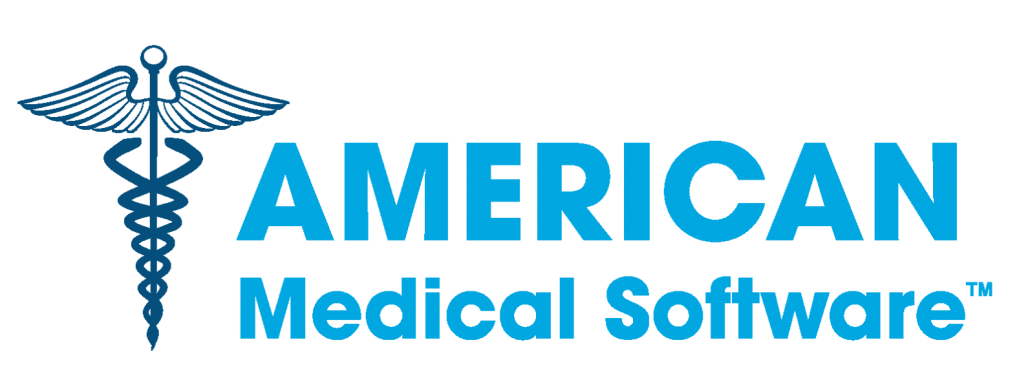New 5010 Standards, Electronic Health Records and the ICD-10
Q. What must chiropractic offices do to be prepared for the upcoming ANSI 5010 standards, electronic health records and the ICD-10?
A. As you know, the Health Insurance Portability and Accountability Act (HIPAA) requires the U.S. Department of Health and Human Services (HHS) to adopt required standards for covered entities to use when conducting certain health care transactions electronically, such as claims, remittance advices, and requests and responses for eligibility and claims status. Covered entities include health plans, health care clearinghouses and health care providers.
What you may not know is that American National Standards Institute (ANSI) 5010 is the new version of HIPAA transaction standards that regulates the electronic transmission of health care transactions – the format of electronic claims and how they are transmitted to the carrier. The 5010 standards will replace the existing 4010 / 4010A1 version of HIPAA transactions and are designed to fix the shortcomings in the current version, including the fact that the current version does not support forthcoming ICD-10 coding.
In many ways, the 5010 format is clearing the way and formatting health care information into one standard, which will allow for a universal electronic health record system compatible for all health care providers and payers. The goals of 5010 implementation are to:
• Increase transaction uniformity
• Support pay for performance
• Streamline reimbursement transactions
• Support ICD-10 codification
Once implemented, 5010 will feature substantial changes in the data you submit and the data you receive in response to your electronic inquiries. Implementation may require changes to the software, systems, and perhaps procedures you use for billing Medicare and other payers. However, in most instances these changes are the direct responsibility of the clearinghouse and may require no or minor updates to your current software. The older your current version of billing software is, the greater the possibility of a more complex and potentially costly upgrade.
This would be a good time to evaluate your current system and assess whether an upgrade is necessary. If so (and if the cost is high), it may be beneficial to change to a newer system that is Internet based and has no costs for upgrades. Upgrading to a more current and updated product is also an option to consider.
There are also several services for electronic billing that are no cost to the provider and are compliant with the 5010 standard. However, any change must be thought through thoroughly. For example, consideration must be made to patient information already in your current database being compatible and easily transferred or mapped to the new system.
For electronic billing under 5010, the date of implementation is Jan. 1, 2012. Testing should have been done or currently is being done by all clearinghouses and software manufacturers to ensure compliance and accuracy by the January deadline.
It is likely you have already received information from your current software manufacturer or clearinghouse for needed updates. If you have received no information from your software or clearinghouse vendor, take it upon yourself to contact them and ensure that you have all that is needed to be compliant and that they are transmitting your information in the correct manner as of January.
 This 5010 standard is also setting the groundwork for the universal use of electronic health records (EHR), as it creates a standardization of how the records are encoded, shared and transmitted. EHR implementation is currently not mandated (the date is set for 2014), but chiropractors who are using EHR meaningfully are eligible for an incentive bonus – as much as $18,000 in 2012. Keep in mind that this bonus is paid based on Medicare claims submitted. To receive the maximum $18,000, a chiropractor must provide at least $24,000 in covered services on Medicare patients.
This 5010 standard is also setting the groundwork for the universal use of electronic health records (EHR), as it creates a standardization of how the records are encoded, shared and transmitted. EHR implementation is currently not mandated (the date is set for 2014), but chiropractors who are using EHR meaningfully are eligible for an incentive bonus – as much as $18,000 in 2012. Keep in mind that this bonus is paid based on Medicare claims submitted. To receive the maximum $18,000, a chiropractor must provide at least $24,000 in covered services on Medicare patients.
The 5010 standards also affect the use of the upcoming (October 2013 implementation date) ICD-10. The new code set will allow for greater specificity in defining diagnosis. For instance, there is designation of right and left, as well as initial encounter to subsequent encounter. The ICD-9 codes number about 13,000, while the ICD-10 has 68,000 codes, all having alpha beginning and variations of 3-7 digits. The codes are much more specific in the ICD-10 and providers will enjoy a much greater ability to give more precise diagnoses. Implementation of ICD-10 in European countries is already providing indications that its use will lead to improved health care services at lower costs with fewer errors and improved results.
If you are still billing on paper, implementation of 5010 will have no effect, as there are no scheduled changes to the 1500. However, ICD-10 will and must be used by all providers, regardless of billing format (paper or electronic); as mentioned, those codes take effect in October 2013.
Source: www.dynamicchiropractic.com




Leave a Reply
Want to join the discussion?Feel free to contribute!